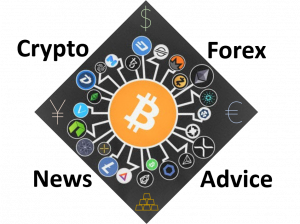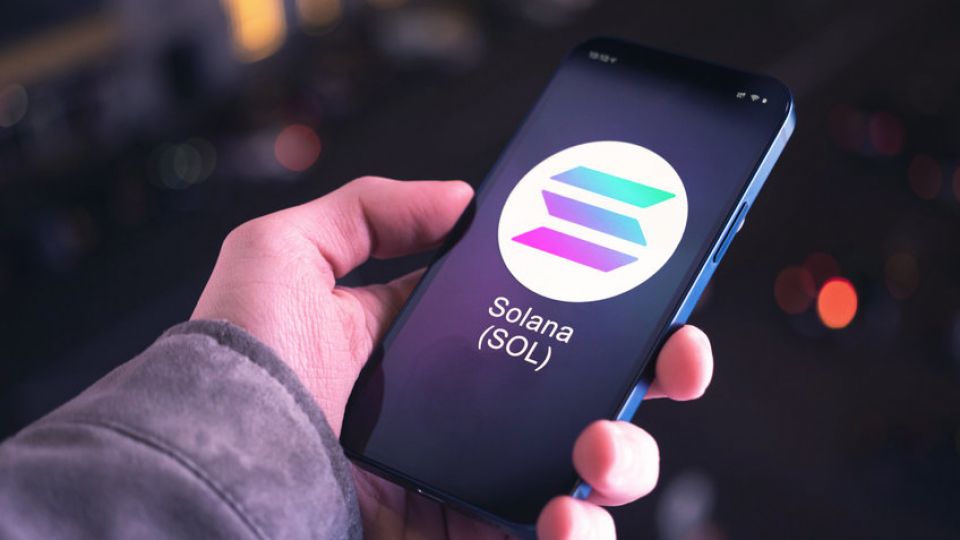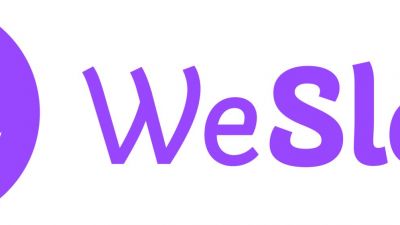
Umbrella Network, the community-owned, decentralized oracle service providing secure and scalable data solutions for DeFi applications, announced today the launch of its Layer-2 decentralised oracle solution on the Solana blockchain. They are aiming to empower the Solana blockchain with an oracle solution that can provide scalable data, allowing integration and the addition of verified data feeds.
Umbrella Network, whose token (UMB) currently trades at a market cap of $6.6 million, will be offering a multitude of data feeds across sports stats, weather information, insurance data, healthcare and more.
Solana thus becomes the first non-EVM chain which Umbrella Network have integrated with. The Layer-1 achieved incredible success last year, becoming the third biggest crypto at one point, behind only the royalty that is Bitcoin and Ethereum. Since then, however, repeated outages have dragged it back down to earth.
We caught up with John Chen, President of Umbrella Network, to get his thoughts on the platform, as well as Solana and DeFi at large.
Cointext: Last Summer, Solana was the talk of the town as it exploded in price and usage – Solana Summer! – do you think it can get back to where it was?
John Chen: I believe Solana is going through some growing pains now with all the outages occurring. But part of the reason this is happening is because it’s processing more transactions than all the other major blockchains combined. If Solana can get through this period and is able to address these outages and network instabilities, they can gain back some of the confidence and continue its growth trajectory.
CT: Do the repeated outages on Solana (six lasting greater than eight hours since January) concern you as you launch on Solana?
JC: Solana is experiencing growing pains just like some other layer 1’s that have been undergoing explosive growth. We’re not that concerned about it. There will be always tradeoffs between speed, scalability and security.
Solana is just 1.5 years old and still an emerging ecosystem. Even ETH is still evolving and improving on its architecture. What’s important is clear communication with the community on what’s happening, and having a deeply committed and talented team, along with a passionate community, that’s working through these growing pains and continuing to improve the system.
CT: I’m a big sports analytics guy, so naturally curious when you mention custom data solutions in the sports area – can you elaborate on what this entails?
JC: This is just the start. There are two big problems in the Web3/blockchain space.
- The data is too expensive.
- The data is not on-chain.
Our architecture allows us to bring large and complex data sets on-chain that simply were not possible even a year ago. The ability for us to aggregate 1000s of transactions means suddenly the world’s data is economical enough to build disruptive products.
The sports data we will be bringing online will cover both betting odds and match results of the entire world’s library of sports and eSports. Imagine owning an NFT of your favourite sports team which updates live with match results and important statistics. Or imagine your ticket for entry to sports games is an NFT which grants you certain VIP bonuses based on games you have attended. Creating a decentralized betting and fantasy sports platform is now possible.
CT: What do you believe is the most unique thing about Umbrella, which sets it aside from competitors?
JC: Our main competitive advantage compared to other oracles is our ability to aggregate data via a Layer 2 solution using Merkle Trees. This allows us to bring thousands of data points to the blockchain in a single transaction, whereas other oracles can only bring one data point per transaction. The other way can be incredibly expensive, slow, and burdensome.
Due to our ability to write batched data on-chain, we are able to scale quickly and have significantly lower costs than traditional oracles. Layer 2 provides off-chain computation, giving us and our partners fewer limitations around gas costs.
Furthermore, because of this architecture, we’re able to provide more customized data solutions. We can provide data across 6 different chains now, the 6th being Solana, with more in the works. We can get a new partner up and running with their own oracle price feed in days (rather than months, which is something we’ve heard in the market).
If there is an API in the real world, chances are we can bring on that data.
So it could be real-time weather, sports stats, insurance info, real estate pricing, eCommerce data, you name it, the types of data are virtually unlimited. We recently brought the entire Russell 2000 on as a data offering.
Data limitations and costs have been bottlenecks for dApp developers. Our vision is that by solving this, the overall ecosystem can advance further.
CT: The scope of Umbrella’s data is intriguing – crypto, equities, commodities etc – do you expect crypto to always be the highest demanded? And what kind of split would you expect between the others?
I actually think the crypto native and finance data is just the beginning. The data that will soon be available to developers in Web3 will be game-changing.
Imagine a decentralized insurance contract that states “if it doesn’t rain in this region of India for 30 days, pay the farmer $500”. The smart contract calls our weather data and pays the farmer for the insurance he needed.
Imagine an NFT which is the certification of a food supply chain that updates the certificate as it travels with verified location data.
We are working on closing data sets that have simply not been available to developers in the blockchainweb3 space before. It’s exciting.
CT: What do you think the reason behind the downtrend in Umbrella’s price is, and what would you say to investors who are considering purchasing now, as you continue to expand?
JC: As always, we are a utility-focused project and do not give any financial advice, so don’t want to comment on token purchase and timing. But what we can say is that the overall market has a lot of volatility and will continue to go through ups and downs as the industry matures.
The majority of the altcoin market is underperforming, but even though that’s the case, the long term potential for blockchain in general at this point is undeniable. We are still an early-stage project, having only been out in the market for a little over a year.
What we are doing is delivering against our roadmap, and executing against our broader vision of bringing massive amounts of scaled data on-chain and at an incredibly low cost. Oracles are a vital component of the blockchain ecosystem, and the market growth and potential, particularly longer-term, is going to be huge.
We believe that our solution addresses many of the issues around the current lack of data diversity, data costs, and data availability, so we are well-positioned to capitalize on the broader growth opportunities as more and more dApps will need data on-chain.
The post Interview: Umbrella Network launches on Solana appeared first on The Home of Altcoins: All About Crypto, Bitcoin & Altcoins | Cointext.com.
Go to Source
Author: Dan Ashmore




